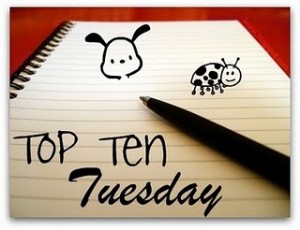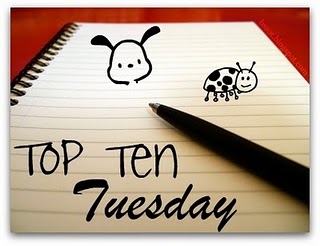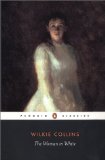 I am having trouble with the plugin that handles Amazon links, but I decided I should publish this anyway before the expiration date on this topic is too long past.
I am having trouble with the plugin that handles Amazon links, but I decided I should publish this anyway before the expiration date on this topic is too long past.
I like this week’s Top Ten Tuesday topic. Which books should be made into movies? Here’s my list:
- [amazon_link id=”0385534639″ target=”_blank” ]The Night Circus[/amazon_link], Erin Morgenstern. I think this book would be great in Tim Burton’s hands. It wasn’t my favorite read, but it has such strong imagery that it’s begging to be made into a movie. I think I heard somewhere that it actually has been optioned.
- [amazon_link id=”0440423201″ target=”_blank” ]Outlander[/amazon_link], Diana Gabaldon. It would probably only work as a miniseries, and God knows who they would cast, but it’s such a great series. I’d love to see the books made into films à la [amazon_link id=”B0000Y40OS” target=”_blank” ]The Thorn Birds[/amazon_link].
- [amazon_link id=”0142402516″ target=”_blank” ]Looking for Alaska[/amazon_link], John Green. I didn’t like this book a whole lot, but I could see it making a pretty good teen movie like [amazon_link id=”B000FZETKC” target=”_blank” ]Some Kind of Wonderful[/amazon_link] or [amazon_link id=”B001D0BLTA” target=”_blank” ]Pretty in Pink[/amazon_link].
- [amazon_link id=”1594744769″ target=”_blank” ]Miss Peregrine’s Home for Peculiar Children[/amazon_link], Ransom Riggs. Another one with a lot of visual imagery and some great humor that would be fun to watch.
- [amazon_link id=”B007C2Z5EU” target=”_blank” ]The Eyre Affair[/amazon_link], Jasper Fforde. I’ve actually talked about this one before.
- [amazon_link id=”0316769177″ target=”_blank” ]The Catcher in the Rye[/amazon_link], J. D. Salinger. It would be tricky to pull off, but I think if the director did internal monologue voiceovers, it might work.
- [amazon_link id=”0060558121″ target=”_blank” ]American Gods[/amazon_link], Neil Gaiman. This could be a sprawling sort of epic with the right cast and script.
- [amazon_link id=”0141439610″ target=”_blank” ]The Woman in White[/amazon_link], Wilkie Collins. If this has been made into a successful movie, then I haven’t heard about it, but it would be a great gothic tale.
- [amazon_link id=”0061862312″ target=”_blank” ]Wicked[/amazon_link], Gregory Maguire. Why not? They brought it to Broadway. Would be fun to cast [amazon_link id=”B00388PK1U” target=”_blank” ]Wizard of Oz[/amazon_link] lookalikes where possible, too.
- [amazon_link id=”074348276X” target=”_blank” ]King Lear[/amazon_link], William Shakespeare. Seriously, why hasn’t one of Shakespeare’s greatest plays been made into a huge movie. They’ve done just about every other major play and even minor ones. I have seen filmed stage versions of this, and there’s a good PBS one, but not exactly major motion pictures.
What about you? What books do you think should be made into movies?


